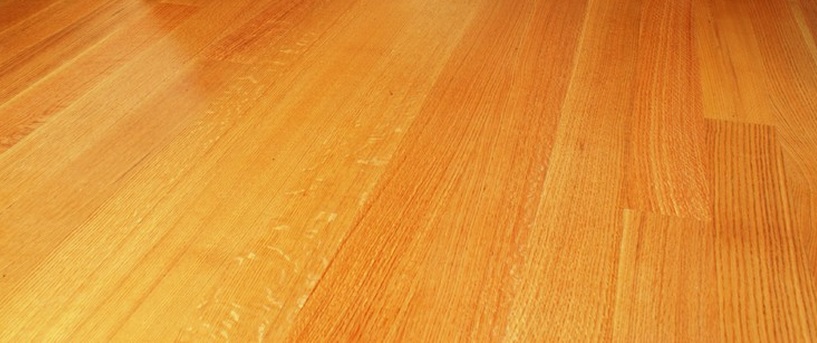Red Oak
| Back to Wood Species | Previous Species | Next Species |
| Appearance | Properties |
|---|---|
|
COLOR: GRAIN: VARIATIONS WITHIN SPECIES AND GRADES: ORIGIN: GRADE: |
HARDNESS (JANKA): DIMENSIONAL STABILITY: NAILING: SANDING: FINISHING: |
Creating Unique Interiors from Historic Timbers
| Back to Wood Species | Previous Species | Next Species |

| Appearance | Properties |
|---|---|
|
COLOR: GRAIN: VARIATIONS WITHIN SPECIES AND GRADES: ORIGIN: GRADE: |
HARDNESS (JANKA): DIMENSIONAL STABILITY: NAILING: SANDING: FINISHING: |
Copyright © 2024 · Optimal Child Theme on Genesis Framework · WordPress · Log in